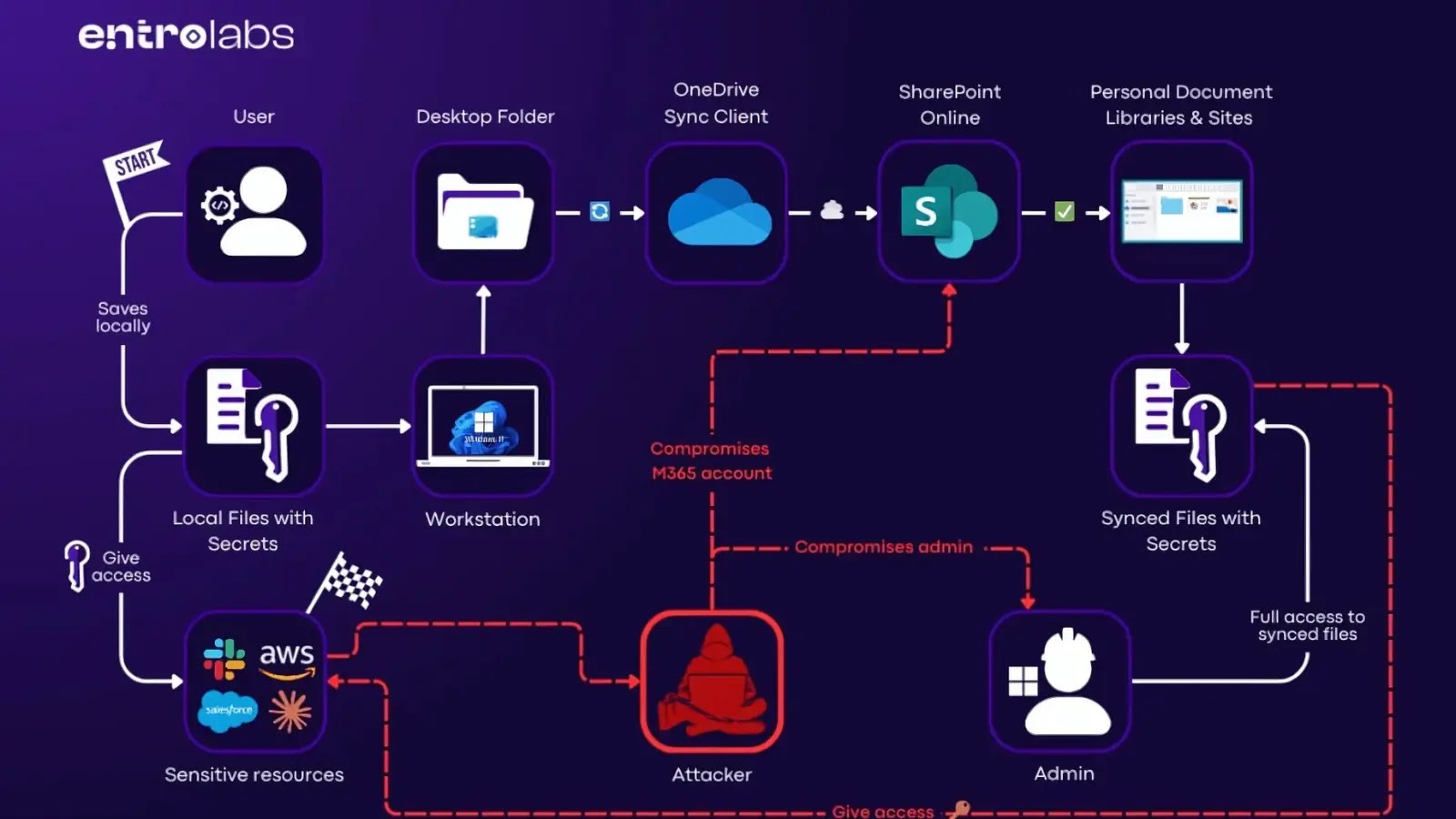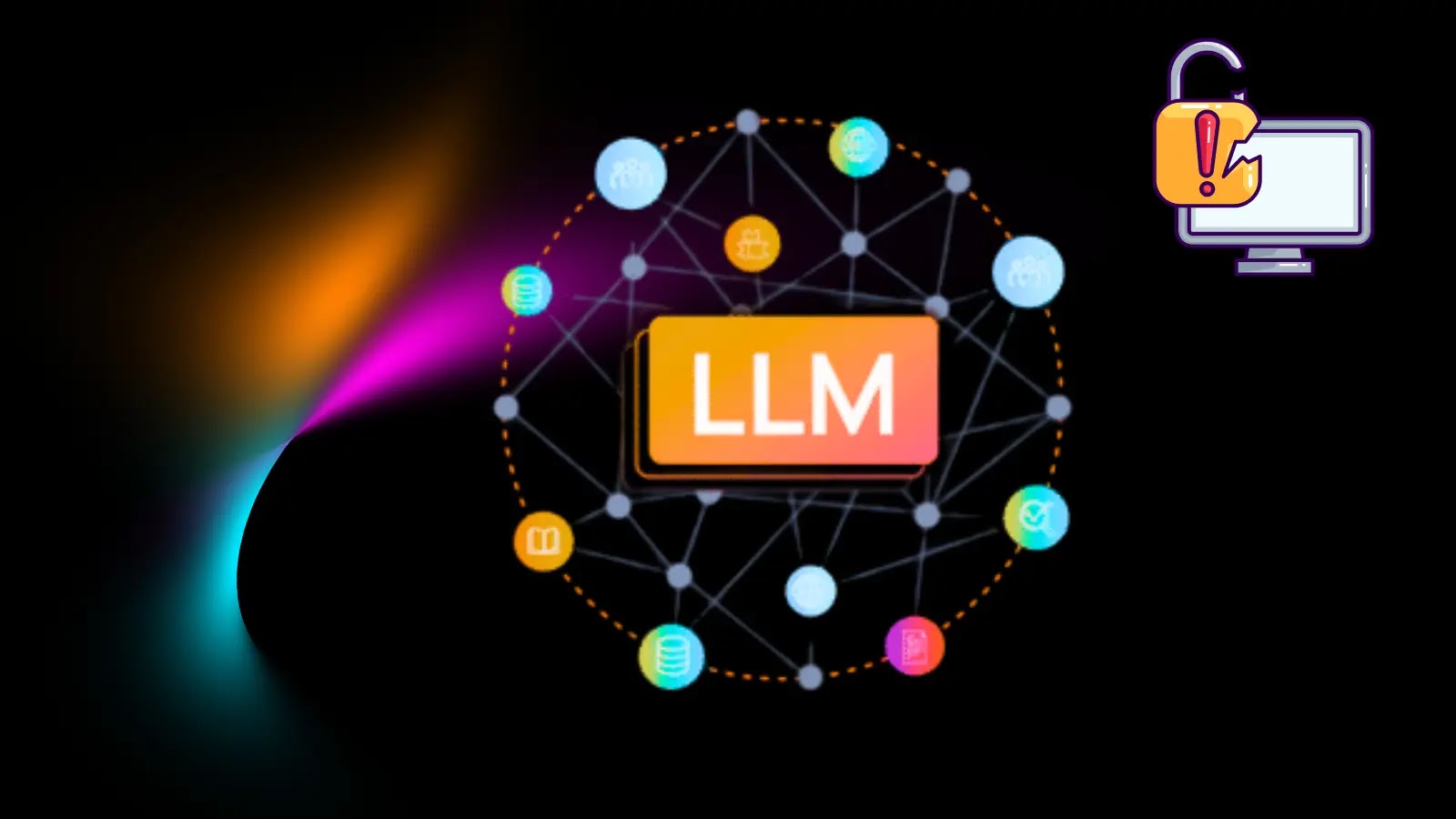Ransomware attacks have surged dramatically, with a 37% increase over the past year, now accounting for nearly half of all data breaches. This alarming trend underscores the necessity for organizations to develop rapid and effective response mechanisms. While technological defenses and employee training are essential, the cornerstone of resilience lies in cultivating organizational muscle memory through comprehensive incident response (IR) planning and regular simulation exercises.
Understanding Organizational Muscle Memory
In the context of cybersecurity, organizational muscle memory refers to the ingrained ability of a company to respond swiftly and effectively to cyber incidents. This proficiency is achieved through continuous practice and reinforcement, enabling teams to act decisively under pressure. Just as athletes train to react instinctively during competition, organizations must condition their teams to handle cyber threats with precision and confidence.
The Role of Incident Response Plans
An IR plan serves as a strategic blueprint outlining the procedures to follow during a cyber incident. However, its effectiveness hinges on its comprehensiveness, currency, and regular testing. An outdated or untested plan can lead to confusion and delays, exacerbating the impact of an attack. Therefore, organizations must ensure their IR plans are living documents, continually updated to reflect evolving threats and organizational changes.
Implementing Tabletop Exercises
Tabletop exercises are simulated scenarios that test an organization’s response to cyber incidents in a controlled environment. These exercises are crucial for identifying gaps in the IR plan and improving coordination among team members. By rehearsing various attack scenarios, organizations can build the necessary muscle memory to respond effectively when real incidents occur.
Key Components of Effective Tabletop Exercises
1. Scenario Development: Craft realistic and diverse scenarios that reflect potential threats specific to the organization.
2. Role Assignment: Clearly define roles and responsibilities to ensure all team members understand their functions during an incident.
3. Evaluation and Feedback: After each exercise, conduct thorough evaluations to identify strengths and areas for improvement, followed by actionable feedback.
4. Regular Repetition: Schedule exercises periodically to reinforce learning and adapt to new threats and organizational changes.
Case Study: Honda’s Ransomware Incident
In June 2020, Honda experienced a ransomware attack that disrupted its global operations. The attackers, identified as the SNAKE ransomware group, demanded a ransom for the decryption key. Honda reportedly refused to pay and instead relied on backups and recovery methods to restore their systems. This incident highlights the importance of having robust backup and recovery strategies in place to mitigate the impact of ransomware attacks. ([cybsafe.com](https://www.cybsafe.com/blog/how-to-deal-with-ransomware/?utm_source=openai))
The Importance of Employee Training
Beyond technical measures, fostering a culture of cybersecurity awareness among employees is vital. Training programs should focus on recognizing phishing attempts, understanding the importance of strong passwords, and adhering to security protocols. Engaging employees through interactive training sessions and real-world simulations can significantly enhance their ability to respond appropriately during an incident.
Building a Resilient Cybersecurity Culture
Developing organizational muscle memory is not a one-time effort but an ongoing process. It requires commitment from leadership, continuous education, and regular practice. By integrating comprehensive IR planning, conducting regular tabletop exercises, and fostering a culture of cybersecurity awareness, organizations can enhance their resilience against ransomware attacks and other cyber threats.



